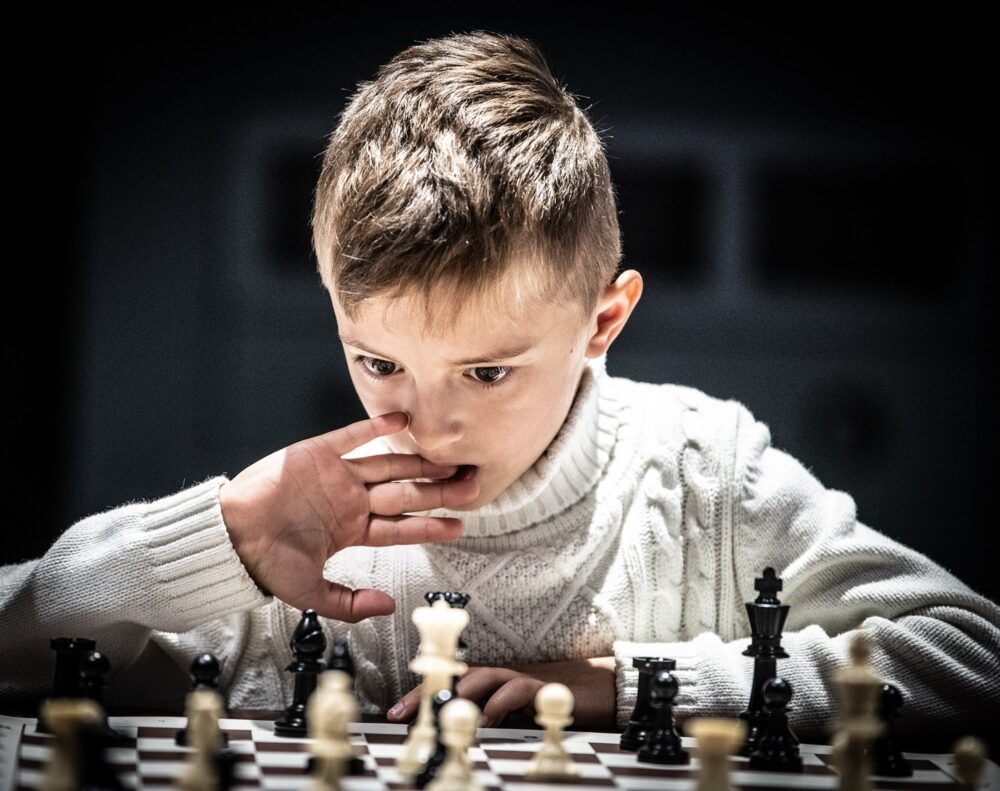Chess is a fascinating game that has captured the hearts and minds of people for centuries. It’s a game of strategy, skill, and creativity, and it’s never too early to start learning how to play! In this blog, we’ll take a journey into the world of chess, specifically focusing on three special moves that can help you become a better player. Whether you’re a complete beginner or already know the basics, this guide is designed to make learning chess fun and easy.
The Three Special Moves in Chess
1.Pawn Promotion:
Imagine your pawn, the smallest and humblest of chess pieces, reaching the opposite end of the board. When this happens, it undergoes a magical transformation called “pawn promotion.” Your pawn can turn into any other chess piece – a queen, a rook, a bishop, or a knight! This move can be a game-changer, and here’s an example to help you understand:
Example: Your pawn reaches the eighth rank, and you choose to promote it to a queen. Suddenly, your pawn transforms into a powerful queen, capable of moving in any direction, and you have a better chance of winning the game.

2.En Passant:
En passant is a special capture that can happen when a pawn moves two squares forward from its starting position and lands beside an opponent’s pawn. In this unique circumstance, you can capture the opponent’s pawn as if it had only moved one square forward.
Example: Your opponent moves their pawn two squares forward, landing it beside your pawn. If you decide to use en passant, your pawn captures their pawn as if it had moved only one square. It’s a clever way to capture an opponent’s pawn and can catch them by surprise.

3.Castling:
Castling is a defensive move that can help protect your king and improve the position of your rook. It involves moving your king two squares towards a rook on your first rank, then moving the rook to the square the king skipped over. There are a few rules to follow for castling, but once you get the hang of it, it can be a game-saving maneuver.
Example: By castling, you can tuck your king away safely and bring your rook to the center of the board, connecting your rooks and preparing for a powerful endgame.

Conclusion:
Chess is a fantastic game of strategy, and understanding these three special moves – pawn promotion, en passant, and castling – can make you a more skilled and confident player. Remember, practice is the key to mastery, so don’t be afraid to play and experiment with these moves. Chess is all about learning and having fun along the way. Whether you’re playing with friends or in a tournament, these special moves can help you achieve victory and enjoy the world of chess even more. So, get out there, set up your board, and start practicing! Who knows, you might become a chess grandmaster one day.




One thought on “A Kid’s Guide to Chess: Understanding the 3 Special Moves”